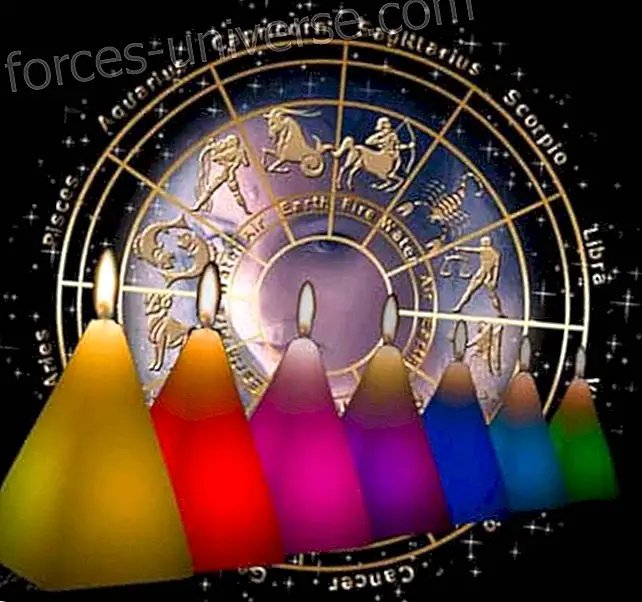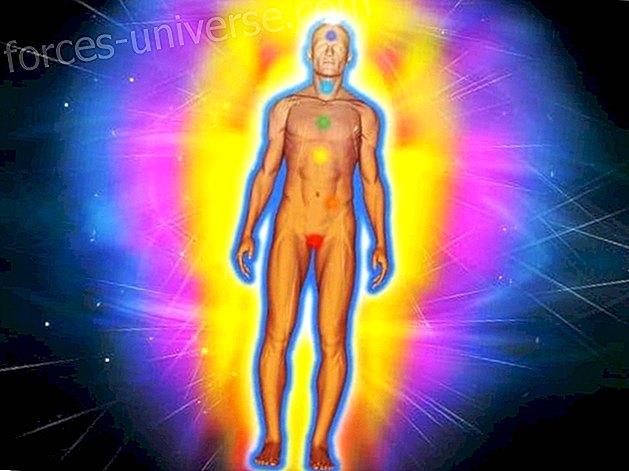 The Lunar Messenger: Full Moon of Aries 2013
The Lunar Messenger: Full Moon of Aries 2013
Wisdom Perspectives 4: Lord Brahma
The spring equinox at the beginning of Aries marks the starting point of the solar year. In the solar year, Aries is the first vibration. Every time the Sun passes through Aries there are new beginnings. At the beginning of the evolutionary cycle in the great work of creation, the Spirit and Matter met; the beginning in the background of eternity is represented by the head of a ram. According to the wisdom of the East, Brahma plays the role of the creator at the beginning. That is why the theme of this month's Lunar Messenger is "Wisdom Perspectives 4: Lord Brahma."
The Child in the Mother's Belly
The soul is a traveler along the spiral paths of evolution and enters the mother's womb at a particular stage at the time of fertilization. There the consciousness of the creator is induced by the couple of creators (father and mother) to create their own structure in the style of the parents. The space and place of this event present a space balloon that gives the child stimulation in the mother's womb.
What the mother's physical body is for the child, is what the space balloon is for the soul: it serves as a model according to which the child must develop. The center of the head is the highest point and the first to be formed at the time of fertilization; It corresponds to the first house of the horoscope. The spine is created secondly in the fetus; It contains the essence of our being. Master EK says that the hollow cylinder in the spine is the narrow passage in which space exists as a Man.
The navel manifests as a center of the lower space. It corresponds to the seventh house and the descendant. The colon works as two poles to distribute the matter of the tissue that forms the physical body. The center of the head works as the positive pole and the solar plexus as the negative pole, as the center of expression within the objectivity. The navel unites the mother and the child. This symbolizes the link between nature as the mother and the Lord as the child with consciousness developing gradually.
During the formation of the spinal tube, the consciousness of the creator is thrown down and makes a journey through this channel to investigate the descending path. The third book of the Bhagavatam describes this as the journey of Brahma, the creator, into the canyon of the lotus flower stalk on which he sits. Brahma is the four-sided manifestation of the Lord and presides over the creation of the universes. The four faces represent the four stages of creation that we know as existence, awareness of existence, thought and action and that we also find in the four kingdoms of nature: mineral, plant, animal and man.
The Lotus Born Creator
Brahma is born in a lotus flower that sprouts from the navel of the cosmic person. The lotus is the principle in perpetual display of space as its content. Ancient scientists called it "Space Mind" or in Sanskrit "Mahat"; Our mind is a part of it.
Brahma wonders, "Where am I and where does this lotus sprout?" Then he makes a downward journey through the stem canyon to learn the depth of the ocean on which he is floating. Then reflect on how to create this unity of creation. From the heavens beyond the cosmic existence he receives the feeling that he is not an entity separate from the rest; which is a part of the whole and he is a world within a world and a creator within the creator. Thus, he comes to understand that he is not the creator but a creator.
The subtle stem of the lotus is also called Brahma Danda, the rod of the creator. We have it inside our spine as the Sushumna from which the centers or chakras emerge. Holding an outside rod, as kings or bishops do, is a symbol for this vertical life of snake fire.
The masculine form of Brahma, the creator of four faces, is different from the absolute, which is also named with the neutral form Brahman or Narayana, Para-Brahman and "the background". Creation began with an impulse arising from the absolute One that is the basis for everything in creation. With the appearance of this impulse, time and nature are formed. This impulse is described as an egg that emerges from Brahman and is therefore also called Brahmananda, the Cosmic Egg.
The symbolism of the egg and the circular shape form one of the main keys of ancient wisdom. “The Lord caused the egg to arise from the waters and caused the seed of creation to arise from the water in the egg. As a seed it was incorporated as its own presence, I AM, ”says the Bhagavatam.
The self-effulgent golden egg of the Brahma manifestation is also the "golden navel." Since it emerges from the background along with the egg, the four-sided Brahama is also considered as the Lord himself in the capacity of his son. The Rig Veda describes the personality of the father, the background as eternal, while the personality of the son is periodic in its emergence and fusion. The period between an emergence and a fusion is called a period of creation that in the Puranas is called a Brahma Day. This is divided into fourteen equal parts called Manavantaras. Each Manvantara is chaired by a great conscience called Manu. There are 14 Manus that belong to children born from Brahma's mind. A Manu is the prototype of every human race in creation. Today's humanity belongs to the seventh Manu called Manu Vaivasvata.
The Third Logos
The creative principle, Brahma, is also called 3rd Logos, the Intelligent Activity or Fire by Friction, in addition to the 1st Logos of Divine Will and the 2nd. Logos of Love-Wisdom. Brahma is not as worshiped as the other two Logos or the Divine Mother. In India there are very few temples for him. This is because the work of the 3rd Logos is almost finished; Now we try to express Love and Wisdom and then the Will of God. In his books, Master DK says that during the first systemic existence the physical form was created. Now we are in the second systemic existence, of Love and Wisdom, and in the next systemic existence there will only be the 1st Will Logos. Brahma's job is like building a house. Once it is built, the inhabitants move there and the construction activities are completely over.
The Puranas belong to the oldest scriptures; they describe how, at the beginning of creation, cosmic intelligences and beings arose in creation through Brahma. In this he is only a means of the Lord. Whenever he considered himself as the creator and forgot about the absolute Lord, failures arose. Like Brahma, when he was sitting in the lotus, contemplating on `` Who am I? '', He got no answer. When the question arose, what should I do? Received the answer from the background that he should turn inward. And he understood that it was no more than THAT. When the question came up again What should I do? the inside response said: The creation took place through him while he was in the presence of ESO.
First the 4 Kumaras left him. They are described as the eternal youth and are also called Manasa Putras. The children of the Cosmic Mind. They were born from Brahma without wanting it.
The same also happens with us. When we are linked to Divinity, thoughts arise in us that agree with that. Even when we have the feeling that we are thinking, thoughts come from higher circles. When the creator advised the Kumaras to cooperate with him for the creation, they simply smiled and remained silent. His purpose was different from what the creator thought. They knew their homework, and so they refused to create. Brahma got angry and cursed them to be buried in the matter of all creation. This allegory explains the birth of the mind and the birth of the Masters on all planes, as well as their work for the benefit of beings. They are not personalities, but principles that work in the cosmos and in us.
Brahma and Saraswathi
Other beings came out through Brahma and manifested in the universe Rudra, the vibrations in space; the Prajapatis, the progenitors of the beings of creation, the Lords of power, form and matter; Saraswathi, the Divine Word born of Brahma The Word arises from the subjectivity of the speaker and travels through sound in space, from which he speaks to the listener. When Brahma saw the beauty of Saraswathi, he forgot his duty and ran after her. It is said that the Prajapatis laughed at him when they saw his wish. Marichi, Brahma's mind, told him it was not good to have a desire for her. Brahma realized his mistake and felt shame. He understood that he should use Saraswathi for the welfare of creation, but not use it for his own selfish desire.
This allegory of Brahma creating Saraswathi from within himself and following it to impregnate it explains the mystery of how creation arises within objectivity, is similar to the biblical story of Eve's creation from Adam. This mystery also points to the power of the Word. We lose ourselves when we run after thoughts and they sprout from us like words and actions. We can easily fall if we do not use speech correctly and thus harm ourselves and others. May we not be guided by our thoughts but may we always guide our thoughts. We are the Master and we must direct the thoughts according to our duties. However, it is not a crime to make mistakes. Even the creator made mistakes. The important thing is to realize the mistakes, correct them and learn the lesson.
Sources: KP Kumar: Doctrine of the Eternal Presence / Seminar notes. E. Krishnamacharya: Science of Symbolism. The World Teacher Trust / Editions Dhanishta Spain (www.worldteachertrust.org / www.edicionesdhanishtha.com)






